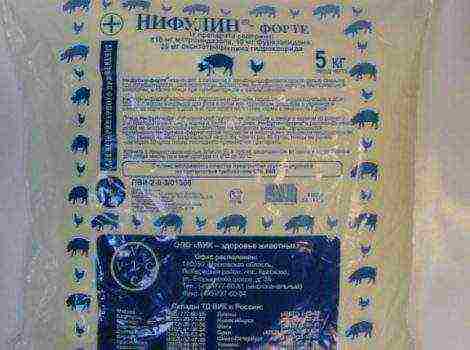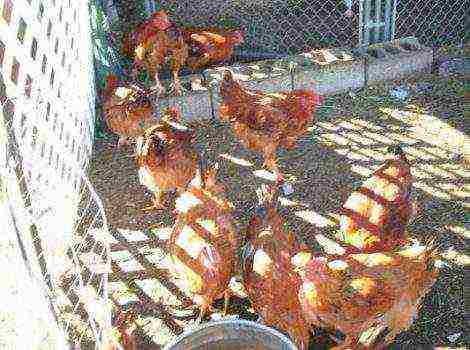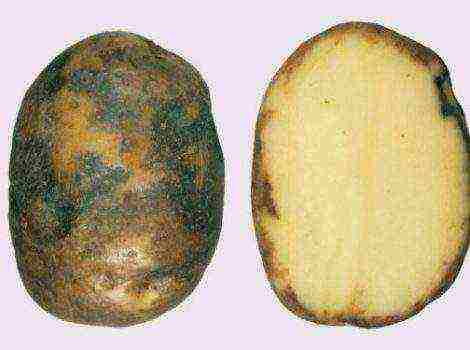Content
Instructions for the use of tetramisole 10 for birds
Helminthiasis, or more simply, damage to the body by parasitic worms, called helminths or worms, is found in humans, animals and even plants. Birds, including agricultural ones, are no exception. The defeat of the body of poultry with worms often leads to a number of negative consequences., and in especially advanced cases, to the death of a bird. One of the most effective means to combat this disease is tetramisole, with instructions for the use of which can be found below.
Symptoms of the presence of worms in birds
Signs the fact that the birds have got worms can serve following symptoms:
- Weight loss, a sharp decrease in body weight.
- Decreased productivity, the softness of the eggshell.
- Inflammatory processes in the small intestine.
- Liquid excrement yellow color.
- Lethargy, apathy, lethargy, lack of appetite.
- Birds such as chickens and turkeys have blanching of the crest.

To eliminate and prevent conditionscaused by damage to the body of poultry with worms, the well-proven drug tetramisole, which has a broad anthelmintic effect, is often used.
Indications for the use of tetramisole
Helminthiasis in poultry can manifest itself quite widely, depending on the type of parasite that has settled in the host's body. Worms can parasitize various organs - lungs, gastrointestinal tract, oviducts, mucous membranes. The most common helminths are roundworms, pinworms, tracheal worms, capillaria or nematodes.
Tetramisole is used as an anthelmintic for prophylactic purposes., as well as for the treatment of poultry from helminths. Birds kept in clean cages are less prone to parasites than poultry with limited walking space. Nevertheless, prophylactically, the drug should be given twice a year, and if necessary, deworming individual individuals additionally.
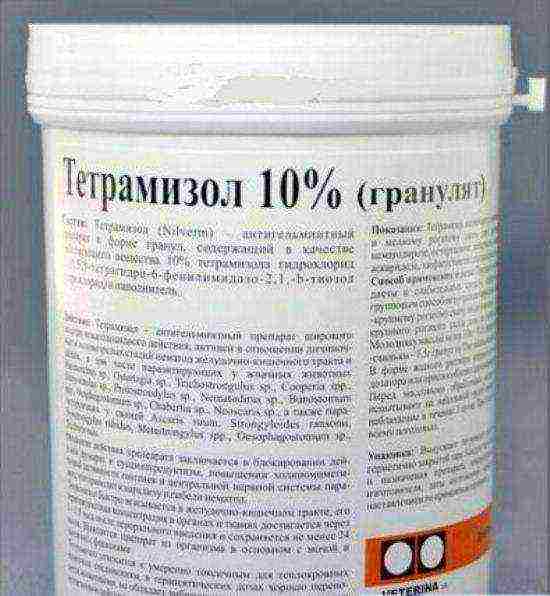
The drug belongs to relatively safe anthelmintic drugs, possessing moderate toxicity, without causing embryotoxic, teratogenic and mutagenic effects in the recommended dose. After taking the drug orally, tetramisole is rapidly absorbed from the gastrointestinal tract, reaching the maximum concentration in tissues and organs 60 minutes after administration and maintaining the concentration level during the day. Excretion of the drug from the body occurs mostly with urine and to a lesser extent with feces.
Composition and form of release
The drug is produced in the form of granules and powder. Granules of various shapes, ranging in size from 0.2mm to 3mm, of light dirty yellow color, are packed in polyethylene-coated bags or jars with a capacity of 50gr, 100gr, I50gr, 200gr, 250gr, 500gr, I000gr and 5000gr. By release forms differs tetramisole 10% and 20%, where per 100 g of the product there are 10 g and 20 g, respectively, of the main active ingredient - tetramisole hydrochloride. Tetramisole powder also has a dosage of 10% and 20%, is a homogeneous powder of gray-white light color. Packing of tetramisole in powder form occurs in cans or bags with different capacities from 50gr to 5kg.
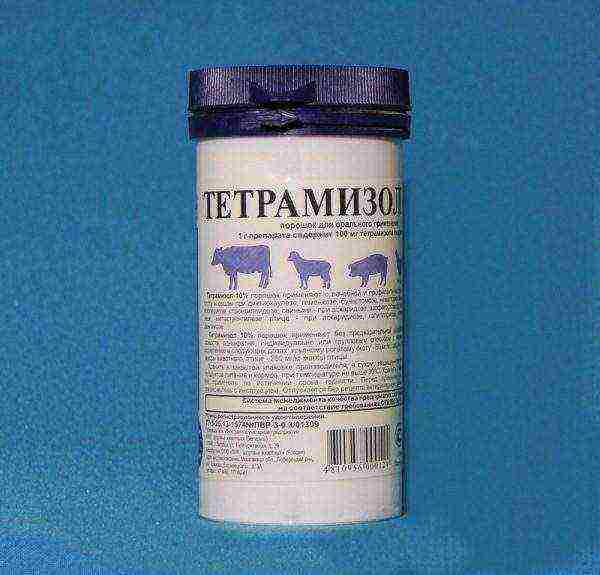
Doses and method of administration, instructions
The drug is given once during the morning feeding of the bird. Preliminary preparation for taking tetramisole - the use of laxatives or diet is not required. In the case of using tetramisole for the treatment of individual birds, the medicine diluted with water is poured orally using a syringe-dispenser. With group deworming the drug is thoroughly mixed with compound feed at the rate of 5 g per bird or 50-100 g of feed mixed with medicine. The finished mixture is evenly distributed into the feeders, ensuring free access to food for the entire livestock.
Side effects
If the dose recommended by the manufacturer is observed, there is a good transfer of tetramisole. in domestic birds without any anomalies. Even an accidental excess of the recommended dose up to 15 times does not have a toxic effect on poultry.
Contraindications
Animals and birds with infectious diseases not associated with helminthic invasion are not subject to deworming until complete recovery. In addition, the agent should not be used in birds with impaired renal and liver function. It is forbidden to take tetramisole together with organophosphates at the same time, as well as with drugs Pirantel and Morantel.
Success in such a field as poultry farming directly depends on such indicators as the volume and quality of products. It is possible to reach high levels only by cultivating fully healthy living creatures. The absence of parasitic organisms in poultry is one of the key factors affecting the health of domestic birds.
